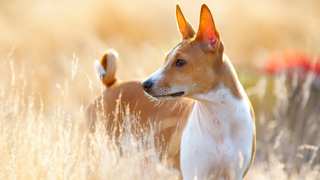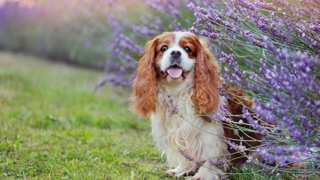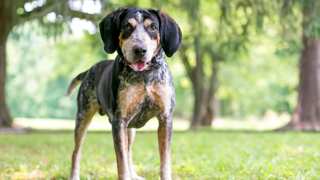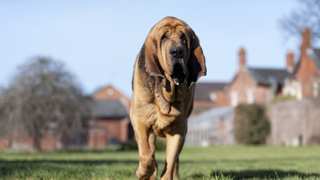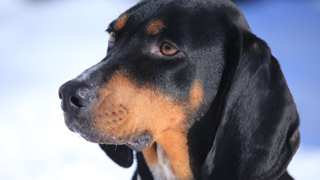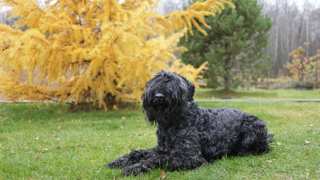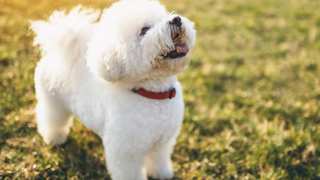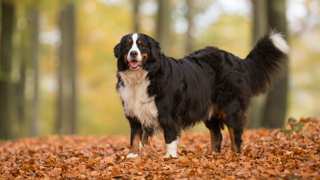Dingoes' diet, like that of domesticated dogs, will need to include animal proteins and healthy carbs, vitamins and minerals, and omega fatty acids. Just what do Dingoes eat, then? In the wild, they prey on small animals, so some owners feed the Dingo a "raw" diet consisting of fresh meats, fruits and veggies, eggs, and other protein sources. Many owners, though, find the best Dingo food to be premium dry kibble, as it has balanced portions of the above-listed nutrients. Some owners like to give their Dingo bones to chew on as well.
Some recommended brands of premium dry kibble for Dingoes' food: Blue Buffalo, Royal Canin, and Taste of the Wild.
Now that we know what Dingoes eat, the next question is: how much to feed a Dingo? Adults will need about 2½ cups of dry food (or 1½ cups of "raw" food) per day, divided into two meals. Puppies will need a bit less: depending on their age, about 1¾ cups per day (or one cup of "raw"), divided into three meals (not two) until six months old.
For more info on Dingo eating and feeding, see this Dingo feeding chart:
(For dry food only:)
*--Around this time, transition to adult food by mixing in adult formula with the puppy formula, in slowly increasing amounts with each meal, for one week.
Dog AgeDog WeightFood TypeAmountFrequency2 Months7 lbsDry (Puppy formula)0.25 cups3x/day3 Months12 lbsDry0.33 cups3x/day6 Months23 lbsDry0.6 cups3x/day9 Months30 lbsDry* (Puppy/Adult)1 cup2x/day12 Months+35 lbsDry (Adult formula)1.25 cups2x/dayTry if possible to stick to the above-listed portions. Though not prone to obesity, if Dingoes are constantly overfed they certainly can become overweight--and a fat Dingo will have numerous health problems and a shortened lifespan. You can help control your Dingo's weight by having consistent feeding and exercise schedules, by not feeding a Dingo table scraps, and by not leaving food out all the time.
If you're worried your Dingo is overweight, try this test: run a hand along the Dingo's side, and if you can't feel any ribs, it's Dingo diet time--which means less food and more exercise!

